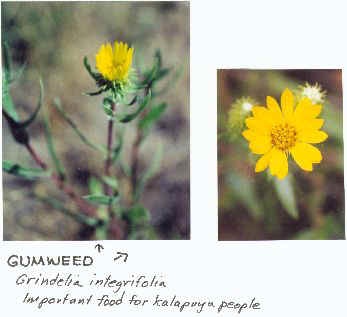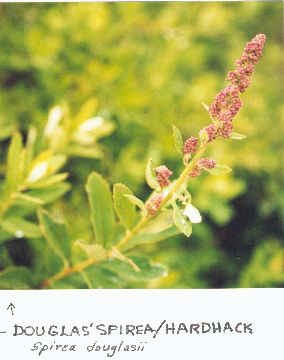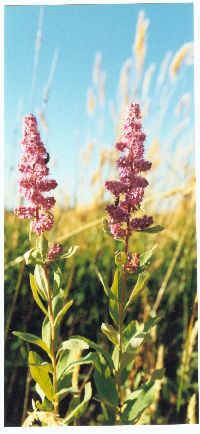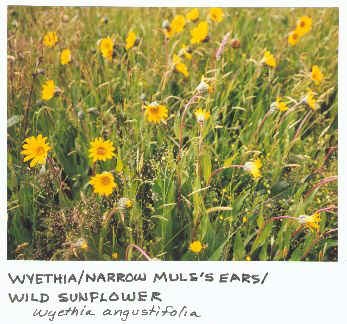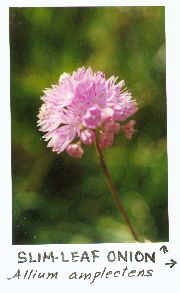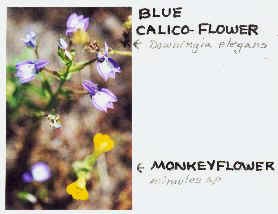Native Plants of the West Eugene Wetlands
photos by Linda Swisher
Ecological Advice from 1881 from the “Guide to the Flora of Washington
[DC] and Vicinity”
Lester F. Ward, A.M., A Bulletin of the US National Museum, 1881
"In many respects the botanist looks at the world from a point of view precisely the reverse of that of other people. Rich fields of corn are to him waste lands; cities are his abhorrence, and great open areas under high cultivation he calls 'poor country'; while on the other hand the impenetrable forest delights his gaze, the rocky cliff charms him, thin-soiled barrens, boggy fens, and unreclaimable swamps and morasses are for him the finest land in a State. He takes no delight in the 'march of civilization,' the ax and the plow are to him symbols of barbarism, and the reclaiming of waste lands and opening up of his favorite haunts to civilization he instinctively denounces as acts of vandalism."
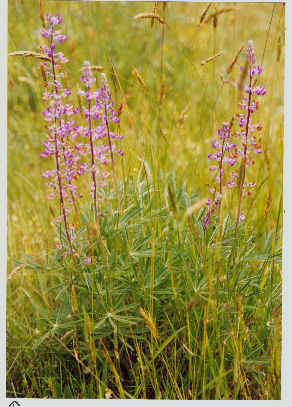
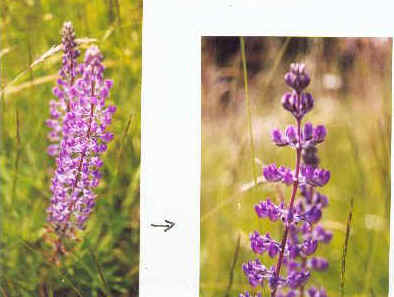
kincaid lupine: host plant for Fender's Blue Butterfly
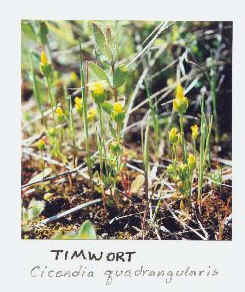
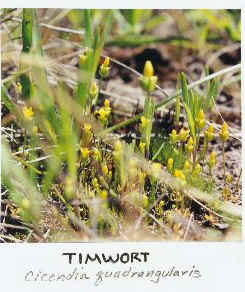
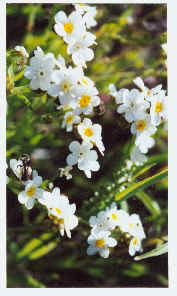
fragrant popcorn flowers
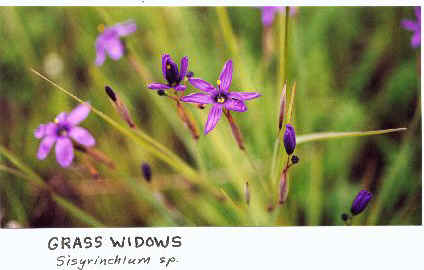
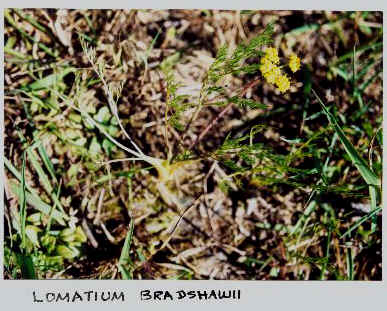
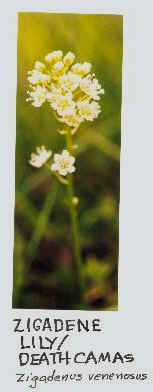
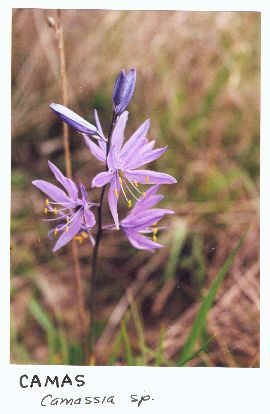
The bulbs of common camas was a staple food for the Kalapuya people. Camas
fields were very common on the valley floor in areas now covered by parking
lots, tract housing, shopping mauls and farms.
Death camas bulbs are very similar to edible camas bulbs - the flowers are the
way to differentiate these species.
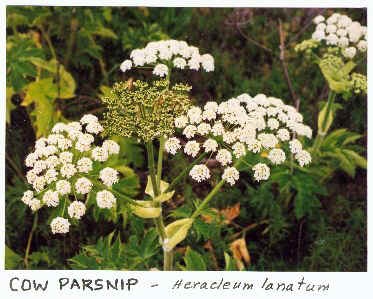
(note: Poison Hemlock looks similar to Cow Parsnip - there is a lot of poison
hemlock
in west Eugene. Poison hemlock, native to Europe, is the plant that the
philosopher Socrates
was forced to eat - no relation to our native Western Hemlock trees.)
